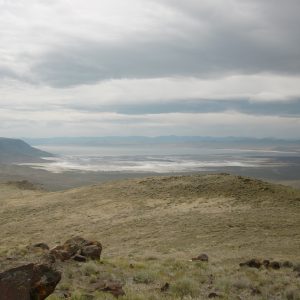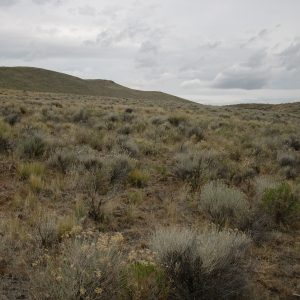It may be getting hot (kinda like standing in front of 500 blow dryers), but I still would not trade this experience for anything. The amazing people I have had the privilege of working with, the opportunities I have received, and the friends I have made along the way have all be nothing short of spectacular.
Working with the Springs Preserve has been amazing I get to work with the public in a beautiful garden, which I can now say I am a part of, is a wonderful way to spend my Sundays at work. I get to work with children and discusses different botany topics, it is really rewarding when you get to see them get really involved and interested in the lessons. Working in the plant propagation facility is a great way for Allison and I to work with volunteers and manage watering schedule, planting projects, and catalog the species in the facility.
Still the field work is the most rewarding experience. The fact that I have seen more of the Mojave Desert in the four month I have been in Vegas, than most of the people whom have lived in the city for 20 years really makes me proud of the work I am doing. The opportunity to explore the different areas, from creosote to pinyons, and brush up on my keying skills is wonderful. I would never trade this experience for anything, I am just amazed I am only doing this for another month.
And I got to backpack the Grand Canyon south rim to the Colorado River this week end, so thats cool too.
Dan Goldbacher


















